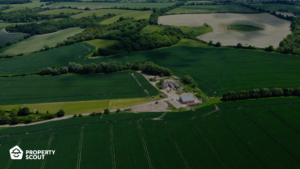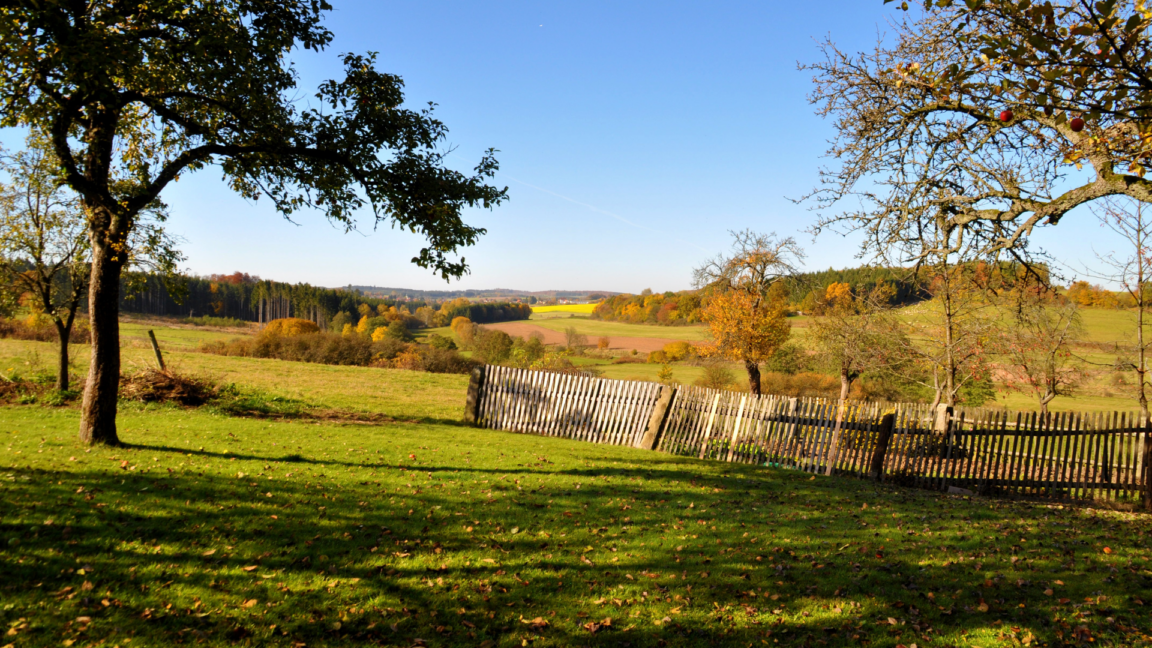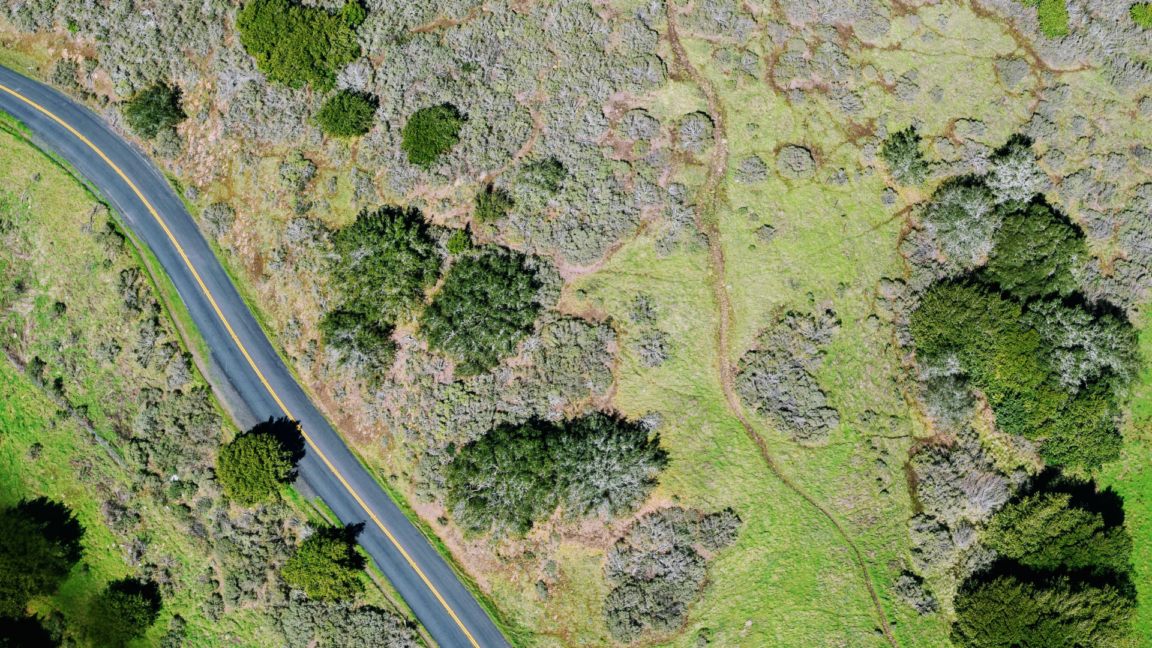Unlocking the Secrets: Calculating Land Rent and Unraveling Land Lease Contracts


Are you a landowner with untapped potential? Renting out your unused land can be a game-changer, providing you with a steady stream of income through land rent. But there's more! By leasing your land to business operators, you open the doors to a plethora of lucrative ventures like shopping malls, serviced apartments, hotels, and resorts. The best part? You can reap the rewards without investing your own resources in developing projects or businesses. In this captivating article, join PropertyScout as we embark on a journey to uncover the principles behind land rent calculation and discover the key factors to consider. We'll also dive into an array of fascinating land lease contracts that every landowner should know. Get ready to unleash the hidden potential of your land and pave the way for financial success!
Assessing the Characteristics of the Land Before Renting it Out
Before venturing into land leasing, it is crucial for landowners to familiarize themselves with and assess the characteristics of their own land. This will provide a clear understanding of its potential uses and help determine its estimated value. It also plays a vital role in setting an appropriate rental price for the land. Let's explore how the concept of "location" becomes a determining factor in categorizing different types of land.
Urban Land

Land located in urban areas, characterized by its proximity to main entrances/exits, bustling city life, and heavy traffic flow, tends to command higher prices. This is especially true in densely populated areas with convenient amenities such as proximity to BTS/MRT train lines, major roads, and large shopping centers. Additionally, land situated near commercial hubs, large shopping malls, and well-developed public infrastructure also experiences higher demand and, consequently, higher prices.
On the other hand, land located in smaller lanes or alleys is suitable for developing various types of accommodations such as apartments, rental rooms, or dormitories. If the land is adjacent to a main road, it is ideal for developing commercial establishments such as malls, fitness centers, restaurants, cafes, or hotel markets. Alternatively, if it is situated near a train station, it can be utilized as a daily or monthly parking lot.
Landlocked Property

Landlocked property, characterized by being surrounded by other people's land and lacking any access points, is typically available at a relatively low price. This type of vacant land is well-suited for agricultural purposes or can be leased for agricultural activities, setting up factories, storage warehouses, or agricultural storage facilities.
Remote Land with Road Access

For remote land that is located far but has direct road access, it offers the advantage of easy ingress and egress, making transportation and commuting convenient. Despite being situated far from cities and communities, this type of land is considered more valuable compared to land without road access. It is suitable for development into gas stations, resorts, hotels, automobile showrooms, and more.
Calculating Reasonable Land Rent

Calculating the appropriate land rent can be a challenging task. Setting the rent too low may attract more tenants but result in lower income for the landowner. On the other hand, setting the rent too high may deter potential tenants, leaving the land vacant. To address this, PropertyScout recommends three methods to help determine a suitable land rent:
- Market-Based Approach: Gather data from the rental market of similar properties in nearby areas and compare them. This method seems ideal but can be challenging in practice due to limited access to accurate and up-to-date information.
- Development Potential Approach: Determine the land rent based on the hypothetical development potential of the land, considering physical characteristics, relevant regulations, and market feasibility. For example, if the land is suitable for developing apartments due to the presence of multiple apartment complexes in the vicinity and high rental rates, the value of the land and the potential returns from developed properties should be taken into account.
- Land Value Approach: Calculate the land rent based on the land value itself. This approach considers the minimum acceptable return on investment, such as the interest rate on bank deposits or the yield from government bonds, to estimate the annual rental value. For long-term leases, factors like discount rates may also be involved.
Where Can Land Valuation be Conducted?
Land valuation can be obtained by requesting valuation services from either the Office of the Appraisal Foundation or the Department of Treasury.
What are the various land lease contracts?

Apart from calculating appropriate land rent, leasing land also involves the important aspect of lease contracts. The significance of a real estate lease contract lies in ensuring that the leased property rights do not transfer to the tenant unless there is a subsequent agreement for purchase. Land lease contracts can be categorized into two forms:
- Short-Term Lease Contracts: These leases cover a period of up to 3 years. The lease agreement must contain comprehensive details agreed upon by both parties, including the signatures of the parties and witnesses for it to be considered valid. Short-term land lease contracts can be executed between individuals without the need for registration at the Land Office.
- Long-Term Lease Contracts: These leases extend beyond 3 years. Both the lessor and lessee are required to register the lease contract at the Land Office. The following are the sub-lease contracts in this category.
- Standard Lease Agreement: A standard lease agreement has similar characteristics to general property lease agreements. The tenant is obligated to pay rent to the landlord, and the tenant cannot transfer the lease rights. In case of disputes, legal proceedings must adhere to the specified lease term.
- Special Consideration Lease Agreement: This type of agreement requires the tenant to provide additional compensation beyond the agreed-upon rent. The tenant has the right to transfer the lease to a successor, particularly when there are building constructions on the leased land. The tenant is responsible for the construction costs, and upon completion, the building becomes the property of the landlord.
Key components of a land lease agreement include the details of the contracting parties, description of the leased property, duration of the lease, rental rate or compensation, payment terms, inventory of leased assets, and the tenant's responsibilities and liabilities.
Land Lease Agreements with Foreign Tenants

Landowners have the ability to lease their land to foreign individuals using the same criteria as Thai citizens. This includes short-term leases of up to 3 years and long-term leases exceeding 3 years but not exceeding 30 years, with an option for a 30-year extension.
Closing Comments
Setting the appropriate land rent is vital for maximizing return on investment. Additionally, it is essential to thoroughly understand the different types of lease agreements. Both landlords and tenants should take the time to familiarize themselves with the lease agreement's details and key components to ensure mutual understanding. In case of any future disputes, the lease agreement acts as a legally binding document that can serve as valuable evidence in legal proceedings. By considering these factors, landlords and tenants can establish a solid foundation for a successful and harmonious leasing arrangement.
Looking to buy or rent land throughout Thailand? Let Property help you today!



